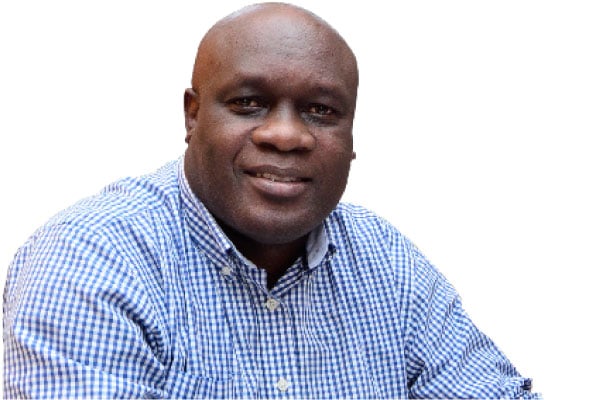Are government-aided schools public?

Where the school runs USE/UPE programme, its administrators account for the fund in terms of administration costs, tuition, office consumables, and instructional materials, among other things.
What you need to know:
- Where the school runs USE/UPE programme, its administrators account for the fund in terms of administration costs, tuition, office consumables, and instructional materials, among other things. Again, all these are funded by taxes citizens pay.
- More so, a number of local government budgets supplement these schools with furniture or building construction. The schools do not pay rent because they sit on public or donated land. They, however, incur other costs that may not be adequately covered by government aid.
In terms of aid, a typical Uganda government-aided school is characterised by the following features: Staff both teaching and non-teaching are paid salary by the government from central government Treasury, to which citizens contribute through the taxes they pay. These include Over the Top Tax (OTT), Pay As You Earn (PAYE), and Local Service Tax (LST), among others.
In addition, the schools receive capital development grants often for building projects, equipment and operations that are also paid for from the taxes citizens pay.
Where the school runs USE/UPE programme, its administrators account for the fund in terms of administration costs, tuition, office consumables, and instructional materials, among other things. Again, all these are funded by taxes citizens pay.
More so, a number of local government budgets supplement these schools with furniture or building construction. The schools do not pay rent because they sit on public or donated land. They, however, incur other costs that may not be adequately covered by government aid.
In fairness, therefore, government-aided schools should charge a modest extra fee just to help them to break even. This is best termed as cost–sharing. In education, cost-sharing or the shift of at least part of the educational cost burden from government (taxpayers) to parents, is not unique to Uganda given that it is a global norm.
It involves introduction (or increasing) of tuition fees, user charges for accommodation and food. However, despite this reality, the rationale for tuition should be satisfactorily justified and assented to. Many of the public-aided schools charge high dues, which are worsened by stricter payment conditions. This negates inclusiveness in access to education in these schools and compromising their public status.
Ideally, a taxpayer should not be burdened in a taxpayer-aided institution. In fact, where this happens, it tantamount to double or even more than triple taxation.
In any economy across the world, the motivation for public expenditure is to provide services, which the private sector cannot invest in, or if it did, it would charge the public expensively.
Government expenditure is done by investing back taxes to improve social welfare, equity, non-exclusion and social equality. In principle, the services must have two characteristics. First, non-rivalrous, which is when one person uses a specific good, it does not stop anyone else from using the same good. Therefore, there should not be a government school for a particular class of people in society. Second, non-excludable, meaning that we cannot stop someone or it is difficult to stop someone from using the good. It should be impossible or harder for a government/taxpayer-aided schools to exclude any child. Therefore, all parents should find it equally easy to take their children to a government-aided school. Such schools should not charge exorbitant tuition.
The myth that public schools are schools run by government should be corrected. In reality, they are schools that are non-rivalrous and non-excludable. Government -aided schools may not necessarily be public schools. If they were, any taxpayer would afford to take their children to the facility.




